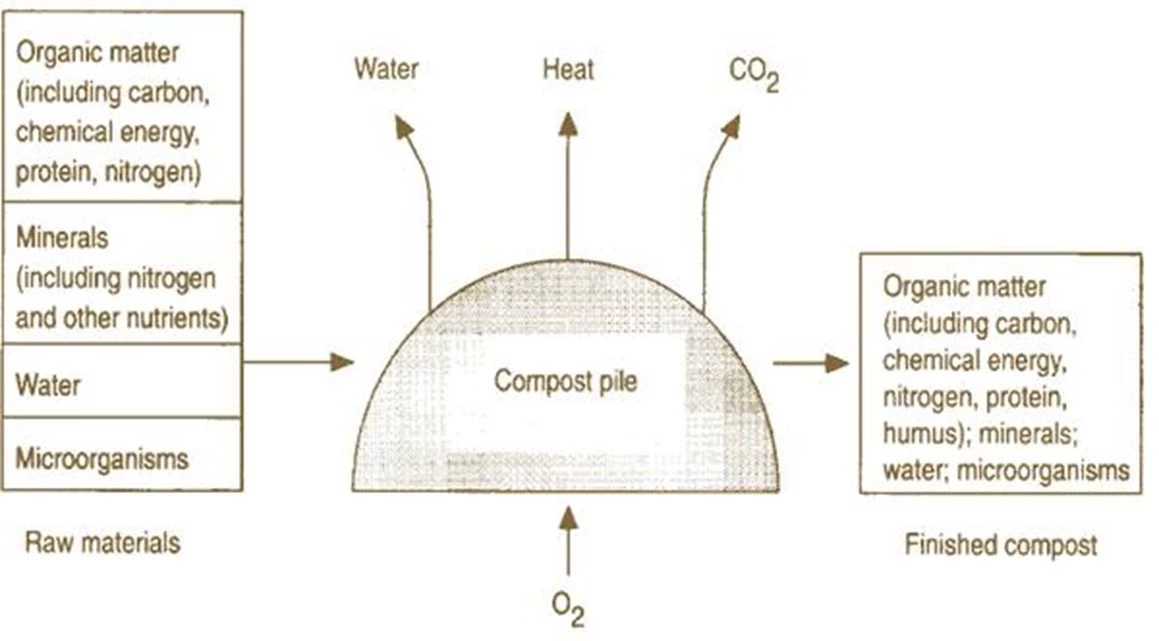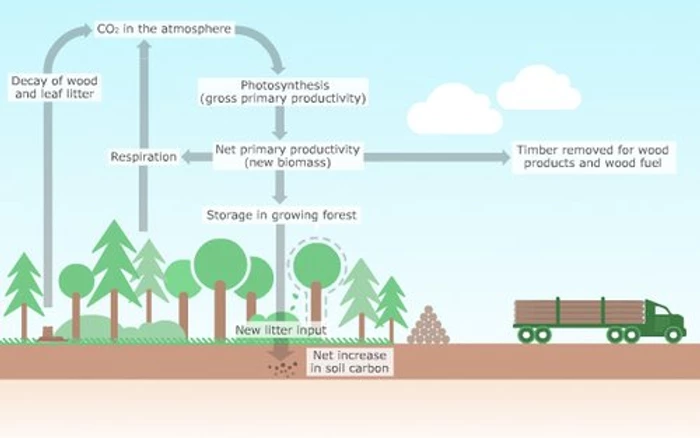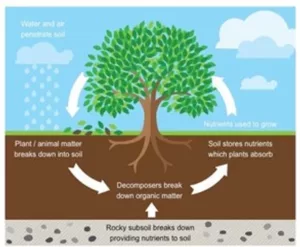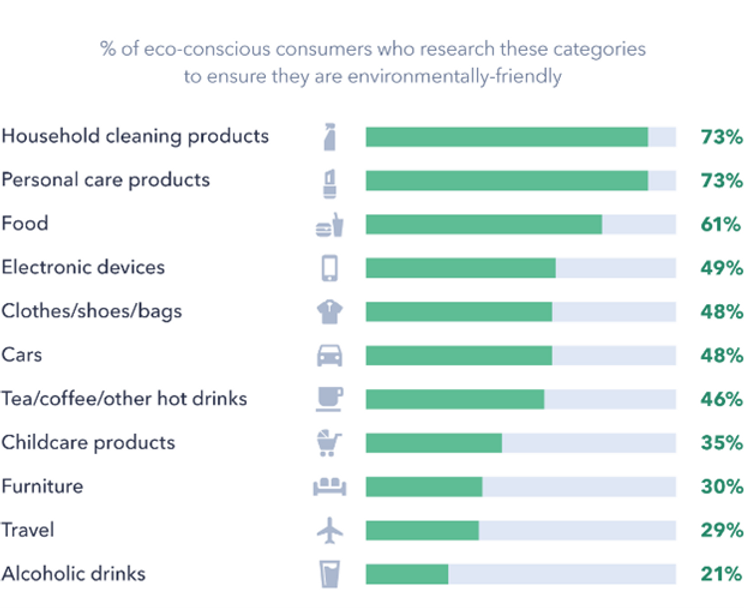
Compostable Facts: Wooden Utensils in Compost
Gallup reports that in 2019, 74% of Americans worried about the state of the environment, and 77% worried about contamination of soil and water by toxic waste. Despite the widespread support for taking our environment seriously, we’ve found that too often, talk is cheap.
Buying compostable materials and disposing of waste properly is a surprisingly easy way to take action toward protecting the environment. Simple steps, like replacing disposable plastics with compostable alternatives, can have a large impact on the bigger picture—especially when restaurants, which buy disposable utensils in bulk, get on board.
When composted, disposable wooden utensils quickly break down and enrich the soil they came from. Here’s how compostable wooden utensils work, and why composting is such good practice for anyone looking to do their part.
The Basics of Composting
Composting is a natural recycling process that breaks down organic waste into nutrient-rich fertilizer that can be added to soil. This practice reduces the burden on landfills and prevents harmful gases from being emitted as matter decomposes.
Composting can be done at home or on a commercial level. Small-scale composting is easily maintained by members of a household or workers at an office. Places that produce a lot of organic waste—like restaurants—often require facilities that can handle more volume. In these cases, a collection company can transport organic waste to a commercial composting center with the resources and experience to compost waste properly and efficiently.
Three basic elements are required for composting: browns, greens, and water. Brown waste includes things like dead leaves, tree trimmings, and other wooden materials. Green waste includes things like food and vegetable waste, coffee grounds, and grass clippings.
The Carbon Cycle of Wooden Utensils
Carbon dioxide plays an important role in regulating the planet’s temperature, and without it, we’d freeze. On the flip side, too much carbon dioxide in the atmosphere causes the earth to get too hot. Some unnatural processes and materials—like burning fossil fuels—put excess carbon dioxide into the atmosphere, contributing to global warming. Wood is a carbon-neutral energy source, meaning once it’s completed the carbon cycle, it has not added to the total amount of carbon dioxide lingering in the atmosphere.
The carbon cycle of wood works like this: Growing trees absorb carbon dioxide from the atmosphere and store it in wood. It remains trapped until the wood is burned or decomposed. After the wood has lived its life and gets composted, it slowly releases the stored carbon dioxide back into the environment.

Fast growing wood, like birch and bamboo, are great for producing wooden utensils. Because they grow quickly they are able to sequester a large amount of carbon dioxide over only a few years and trap it for extended periods of time. This helps quickly reduce the overall carbon dioxide in the atmosphere.
Other processed utensils are manufactured by burning fossil fuels an then tossed into landfills, where they release more harmful greenhouse gases into the air. Because composted wooden utensils emit no excess carbon dioxide, they are very environmentally friendly.
The Nutrient Cycle of Wooden Utensils
Remember that stat about 77% of Americans worrying that toxic waste contaminates our soil and water? Composted wood does the opposite, at least in terms of soil. We briefly mentioned that compost can act as a fertilizer, and wood plays a role in that.
When trees are growing, their roots pull necessary water and minerals up from the soil. When trees are fully grown and harvested, their wood still houses those nutrients. Even if that wood is turned into, say, a disposable utensil, its nutrients aren’t lost. This means that when a disposable wooden utensil reaches the end of its lifecycle and begins to decompose, those nutrients are finally freed.
 Ideally, those nutrients are released back into soil so they can be recycled and used to help other plants grow. This is an example of the nutrient cycle—the decomposing wood pays nutrients forward to future plants that will require them.
Ideally, those nutrients are released back into soil so they can be recycled and used to help other plants grow. This is an example of the nutrient cycle—the decomposing wood pays nutrients forward to future plants that will require them.
Compost is an effective fertilizer because of the nutrients it contains. All of these nutrients would go to waste if they end up in a landfill or other environment where they’re unable to be reused.
The Decomposition Timeline of Wooden Utensils
We’ve seen the stats: The world is ready for change. When a restaurant company makes the commitment to ditch plastics and start distributing fully compostable wooden utensils, they aren’t just committing to sourcing premium products at comparable rates. They are inviting their customers to be a part of something bigger. They are telling customers that they’re listening and that they care about our planet’s future.

Talk might be cheap, but actions aren’t. Get in touch with Alder-Tek for product samples and additional information. Find out how your company can join the effort.